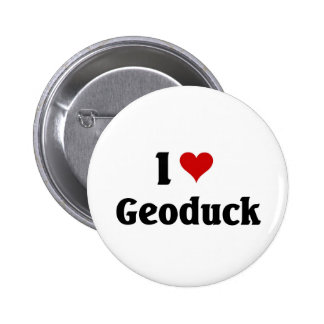The King of Clams
Within the past decade or so a new industry has begun in the Pacific Northwest in general and the Puget Sound in particular. It has been estimated to generate $80 million annually, although the farm raised and wild marine bivalve mollusk is not produced for the U.S. market. But it is highly prized all across the Pacific Rim and is delivered live to retailers there for local consumption. In fact, this Asian delicacy can cost from $200 to $300 apiece.

What is it, you ask? It is the geoduck, the largest burrowing clam in the world. Pronounced GOO-y-duck, it is neither gooey, or a duck. It is a saltwater clam that has a lifespan that can be over 150 years. Marketed as the Elephant Trunk Clam, or the King Clam, its name is a mispronunciation of the Native American term, gweduc, which means to dig deep. And it is aptly named because geoducks live in the sandy mud of lower intertidal and subtidal zones, most often between 10 and 80 feet below the mean tidal mark. It is estimated that over 100 million adult geoducks call the sediment of the Puget Sound home. And that may be a conservative estimate, given that in the course of their long life a female can produce up to 5 billion eggs. They have an exceptionally long siphon that can extend over 3 feet and through that siphon they feed on phytoplankton, single celled marine algae and expel waste. It is that long meaty siphon that is prized by many for its savory flavor and crunchy texture. Most are between 1-3 pounds in weight, but some claim to have harvested them at an amazing 10-15 pounds.
Not surprisingly, it is considered to be an aphrodisiac due to its obvious phallic shape. But there is actually some truth to that belief. Studies verified that the geoduck is rich in amino acids that can trigger increased levels of sex hormones. They also contain a high zinc content that aids in the production of testosterone.
While it was not on any menu that I could find stateside, apparently in China it is chopped and eaten fondue style, cooked in hot oil on a skewer. Koreans prefer to eat it raw with spicy chili sauce, sauteed, or in soups or stews. And in Japan it is prepared as raw sashimi, dipped in soy sauce and wasabi. I asked around in my culinary adventures out on the San Juan Islands and most people were at a loss on how to prepare it. Some suggested that it could be cut into sections, then pounded into a palliard to form a cutlet of sorts, then breaded and fried. I don't think I would have ordered it even if I could have found in on the menu.
Oh yes, and one more thing about the geoduck. It is the official mascot of The Evergreen State College in Olympia, Washington. Their motto is omnia extares, which means, "Let it all hang out."




No comments:
Post a Comment